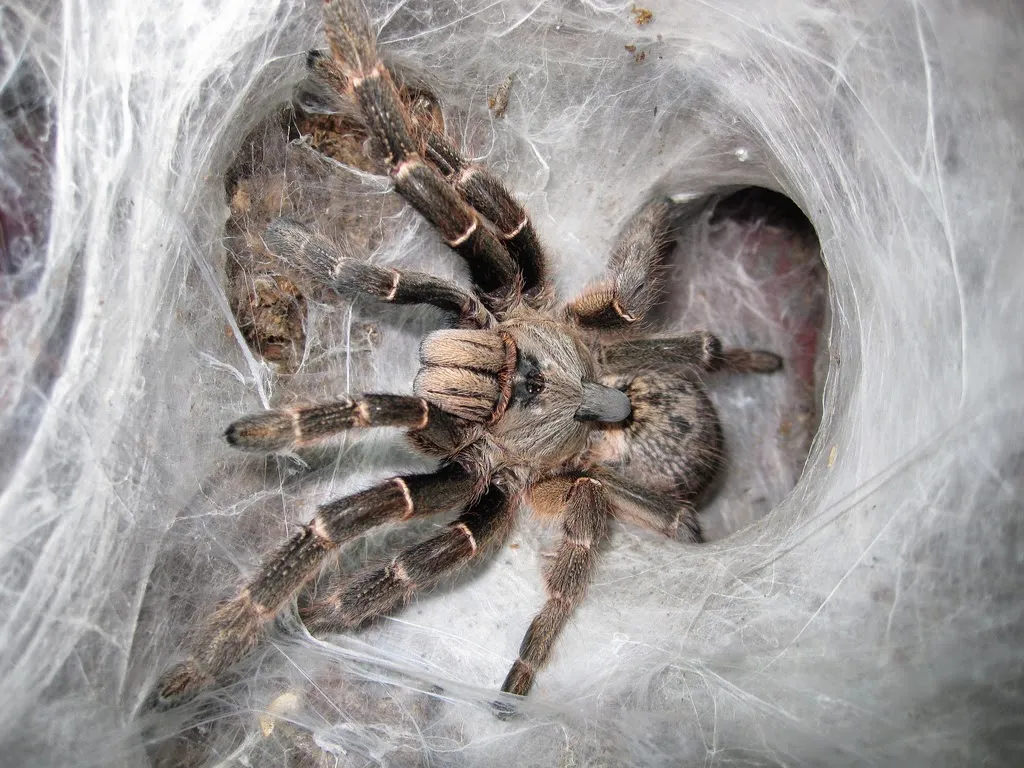Choosing Your First Tarantula
Bringing a tarantula pet into your home can be an incredibly rewarding experience, especially for beginners eager to delve into the world of exotic pets. Before you search for tarantula pets for sale, it’s crucial to choose a species that aligns with your experience level and lifestyle. Different tarantulas have varying temperaments, care requirements, and growth rates. Careful consideration ensures both your and your new pet’s well-being. Research is key; learn about the species you’re interested in, and understand their specific needs concerning habitat, feeding, and handling. A well-informed choice sets the stage for a successful and enjoyable journey into tarantula ownership. Remember that selecting the right species from the start is crucial for a positive experience, making the initial research phase incredibly important.
Types of Tarantulas for Beginners
Several tarantula species are known for their docile nature and ease of care, making them perfect choices for beginners. These species typically have milder venom and are less prone to defensive behaviors, such as biting or flicking urticating hairs. Their care requirements are also generally straightforward, with stable environmental needs and a tolerance for occasional minor mistakes in husbandry. When looking for tarantula pets for sale, focusing on these beginner-friendly species will increase your chances of a positive experience. Species like the Chilean Rose Hair tarantula (Grammostola rosea), the Pinktoe tarantula (Avicularia avicularia), and the Curly Hair tarantula (Tliltocatl albopilosus) are often recommended because of their calm dispositions and straightforward care needs. Their availability also makes them a good option for newcomers to tarantula ownership.
Popular Tarantula Species
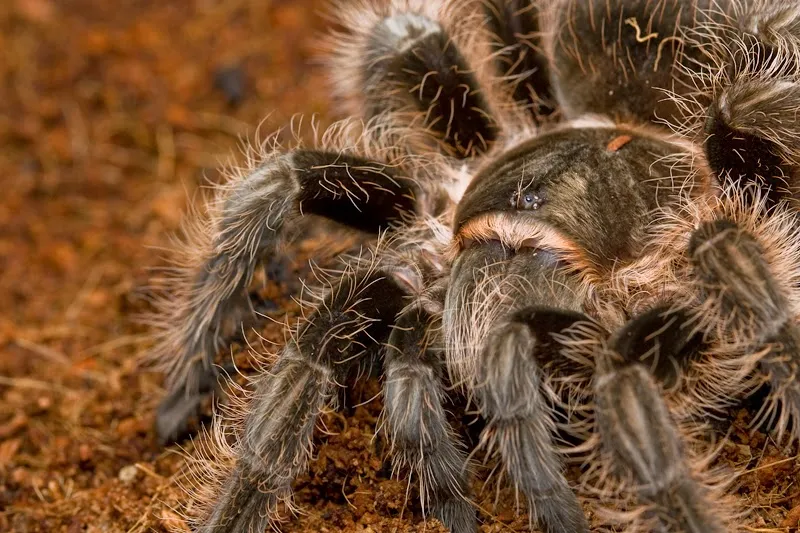
Among the most popular choices, the Chilean Rose Hair is a hardy species with a gentle temperament, making it a favorite among beginners. They are slow-growing and relatively long-lived, offering a long-term companionship. The Pinktoe tarantula is another great option; its arboreal nature adds visual interest, and they are relatively low-maintenance. The Curly Hair tarantula is recognized for its beautiful appearance and docile nature. Before you search for tarantula pets for sale, understanding the basic needs and temperaments of these popular species provides a solid foundation for responsible pet ownership.
Less Common Tarantula Species
For those seeking a slightly more advanced experience, some less common species may be considered. These might include the Mexican Red Knee tarantula (Brachypelma hamorii), which, while beautiful, can be more sensitive to habitat conditions, or the Greenbottle Blue tarantula (Chromatopelma cyaneopubescens), known for its striking appearance and more delicate care requirements. These species often require more specialized knowledge regarding humidity, temperature, and feeding. Researching these less common choices is crucial before considering their care. Owners must be prepared to provide a more tailored and attentive approach to care than they might with more beginner-friendly species.
Setting Up Your Tarantula’s Habitat
Creating an appropriate habitat is vital for your tarantula’s health and well-being. The enclosure should provide a secure, comfortable environment that mimics the tarantula’s natural habitat as closely as possible. The right setup allows your pet to thrive. Proper habitat setup involves selecting the correct enclosure type, providing suitable substrate and décor, and maintaining optimal temperature and humidity levels. This is arguably one of the most important steps to ensure the health and happiness of your tarantula pet. It reduces stress and promotes normal behaviors.
Enclosure Size and Type
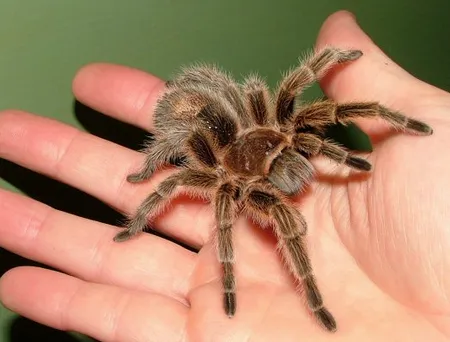
The size of the enclosure must be proportional to the size of your tarantula. As a general rule, the enclosure should be at least twice the tarantula’s leg span in length and width, and height should accommodate arboreal species. Clear, well-ventilated enclosures are preferable to allow easy observation and air circulation. Glass terrariums and plastic containers are commonly used. Ventilation is essential to prevent mold growth and ensure fresh air. Consider the adult size of the species you choose. Provide secure lids to prevent escapes, and make sure the enclosure is placed in a stable location, away from direct sunlight and drafts. This is crucial when selecting your first tarantula and setting up its home.
Substrate and Decor
The substrate forms the ground cover of the enclosure and provides a natural environment for the tarantula. Coconut fiber, peat moss, and a mixture of the two are excellent choices as they retain moisture and allow the tarantula to burrow. Avoid using sand or gravel, which can be difficult to maintain and may not provide an ideal burrowing environment. Decor such as cork bark, artificial plants, and hiding places can add visual interest and provide security for the tarantula. These elements help the tarantula feel safe and reduce stress, promoting more natural behaviors. The decor also adds an aesthetic appeal, making the habitat more enjoyable to observe.
Temperature and Humidity
Temperature and humidity levels are critical for tarantula health. Most species thrive in temperatures between 70°F and 80°F (21°C and 27°C). Use a thermometer to monitor the temperature. Humidity levels depend on the species; some prefer drier conditions, while others need higher humidity. Regular misting or providing a shallow water dish can help maintain humidity. Proper ventilation is important to prevent the buildup of excessive moisture, which can lead to mold growth and respiratory problems. Consult your tarantula’s specific species needs to make sure you are meeting its needs.
Feeding Your Tarantula
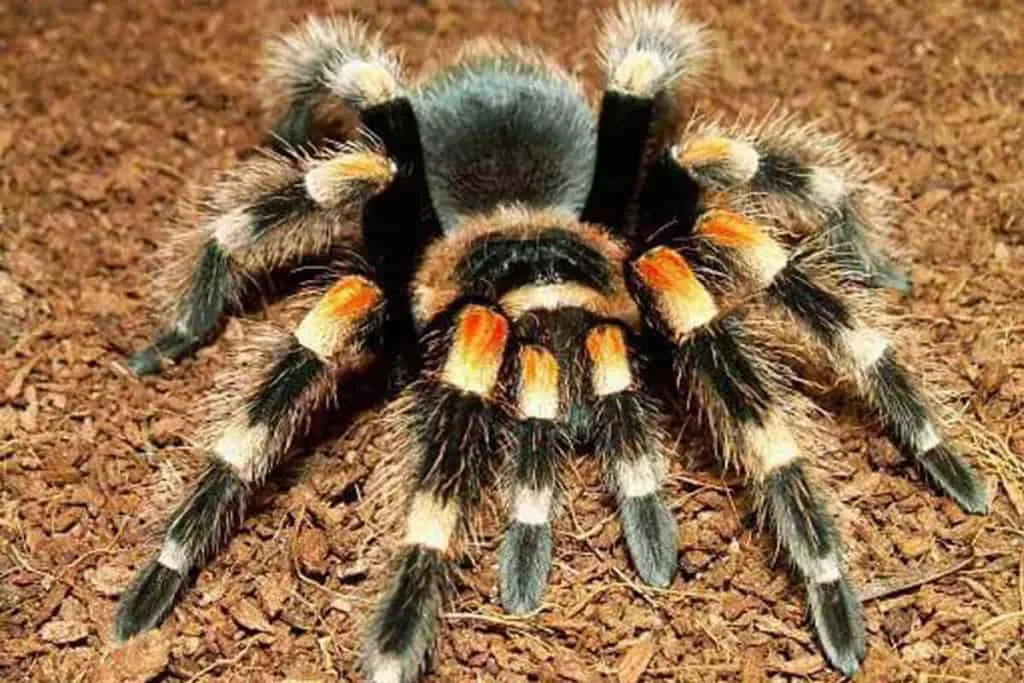
Proper feeding is essential for maintaining your tarantula’s health. Tarantulas are carnivores, meaning their diet consists primarily of insects. Choosing the right food, feeding the right amount, and providing fresh water are all critical components of tarantula care. Understanding the nutritional needs of your tarantula is vital, ensuring it receives everything it needs to grow and thrive. A well-fed tarantula is a healthy tarantula, and this ensures your pet leads a long and fulfilling life.
What Tarantulas Eat
The staple diet of tarantulas consists of live insects. Crickets, mealworms, roaches, and other commercially available feeder insects are suitable choices. The size of the insects should be appropriate for your tarantula; as a general rule, the prey should be no larger than the tarantula’s body. Supplementing the diet with occasional treats like pre-killed insects or small vertebrates can provide additional nutritional variety. Avoid feeding insects that have been exposed to pesticides. It is always a good practice to offer a diverse diet to ensure your tarantula is receiving a range of nutrients.
Feeding Frequency
Feeding frequency depends on the tarantula’s age and size. Spiderlings (young tarantulas) may need to be fed two to three times a week, while adult tarantulas can be fed once or twice a week. Observe your tarantula; if it is eating well and appears healthy, adjust the feeding schedule accordingly. Overfeeding can lead to obesity, and underfeeding can lead to health problems. Always remove uneaten prey from the enclosure after 24 hours to prevent the prey from stressing the tarantula. Ensure that a shallow water dish is always available.
Handling and Safety
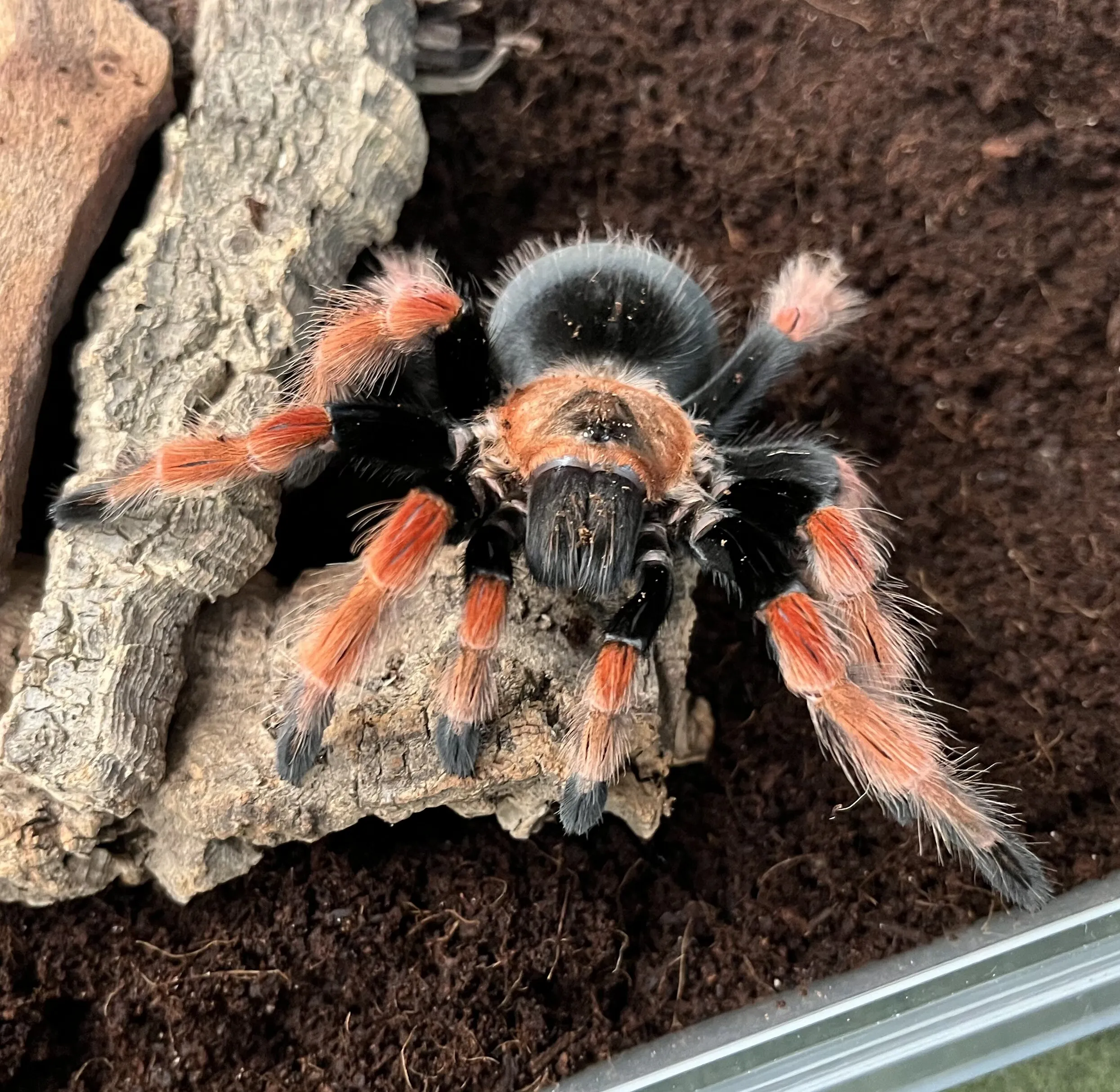
Handling a tarantula should be approached with caution and respect. While some tarantulas are docile, others may be more defensive, so knowing how to handle them safely is crucial to prevent injuries to both the handler and the tarantula. It is essential to understand the tarantula’s behavior and recognize any signs of stress or aggression. By following safe practices and knowing your tarantula’s temperament, you can minimize risks and enjoy the experience.
Safe Handling Practices
When handling a tarantula, do so close to the ground or a soft surface to minimize the risk of injury if the tarantula falls. Avoid sudden movements, and do not try to grab the tarantula. Instead, gently encourage it to walk onto your hand. Wash your hands before and after handling to remove any potential contaminants. Be aware that some tarantulas possess urticating hairs, which can cause skin irritation. Avoid contact with these hairs as much as possible. Always supervise children when they are near a tarantula. Never force a tarantula to be handled if it is not receptive.
Recognizing Stress Signals
Tarantulas communicate their feelings through their behavior. Learning to recognize signs of stress or aggression helps you avoid situations that could be harmful to either the tarantula or you. Defensive postures include raising the front legs, exposing fangs, or flicking urticating hairs. Rapid movements, hiding, or refusing to eat can also indicate stress. If a tarantula displays these behaviors, it’s best to leave it alone and avoid handling it. Provide it with a safe environment, including proper habitat and feeding, is the best way to minimize stress.
Tarantula Health and Common Issues
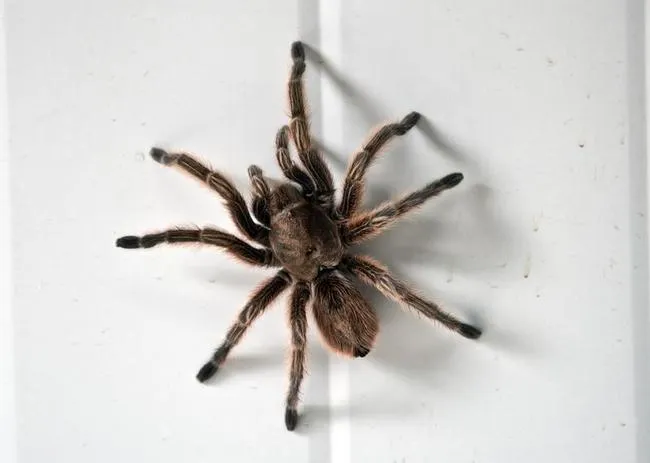
Like any pet, tarantulas can experience health issues, and it’s essential to be prepared to address these. The most common health concerns revolve around shedding, parasites, and diseases. Regularly checking your tarantula for signs of illness and understanding the normal processes, like shedding, is critical for providing good care. Early detection of any health issues increases the chance of successful treatment and recovery.
Shedding and Molting
Shedding, or molting, is a natural process in which tarantulas shed their exoskeleton to grow. Young tarantulas molt more frequently than adults. During molting, the tarantula may stop eating and become inactive. Provide a safe environment with adequate humidity during this time. Never disturb a tarantula while it is molting, and avoid feeding it until its new exoskeleton has fully hardened. After molting, a tarantula’s colors often brighten, and it may begin to eat more. Ensure you are prepared to handle these natural processes.
Parasites and Diseases
Parasites and diseases are rare but possible in tarantulas. Mites can infest tarantulas and cause irritation. If you see mites, you should consult with an expert in arachnid care to get appropriate treatment. Fungal infections can result from poor habitat conditions. Bacterial infections can develop from injuries. Maintaining a clean and appropriate habitat is crucial for preventing these issues. Quarantine new tarantulas or insects to prevent the spread of diseases. Monitor your tarantula’s health, and be prepared to seek veterinary care if you notice any concerning symptoms.
Where to Buy Tarantula Pets
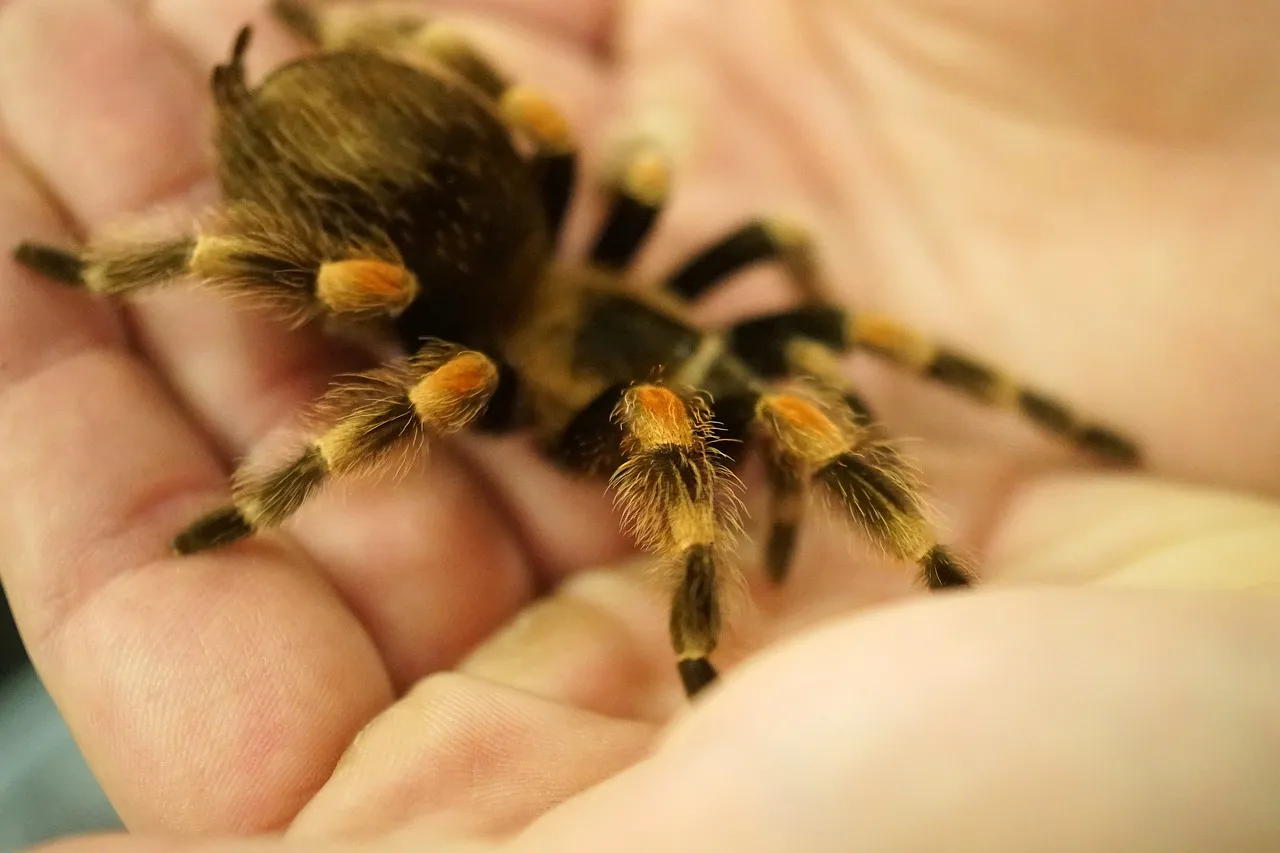
When looking to buy tarantula pets, choose reputable sources to ensure you get a healthy specimen. Local pet stores specializing in exotic pets are good starting points. These stores offer the benefit of seeing the tarantula and its enclosure beforehand. Online breeders and specialty shops are also popular choices, often offering a wider selection of species and morphs. Always research the seller’s reputation and read reviews to ensure they practice ethical and responsible care. Be sure to familiarize yourself with any local regulations regarding tarantula ownership. If buying online, make sure the seller offers a guarantee of safe delivery and that the tarantula is shipped with appropriate care.
